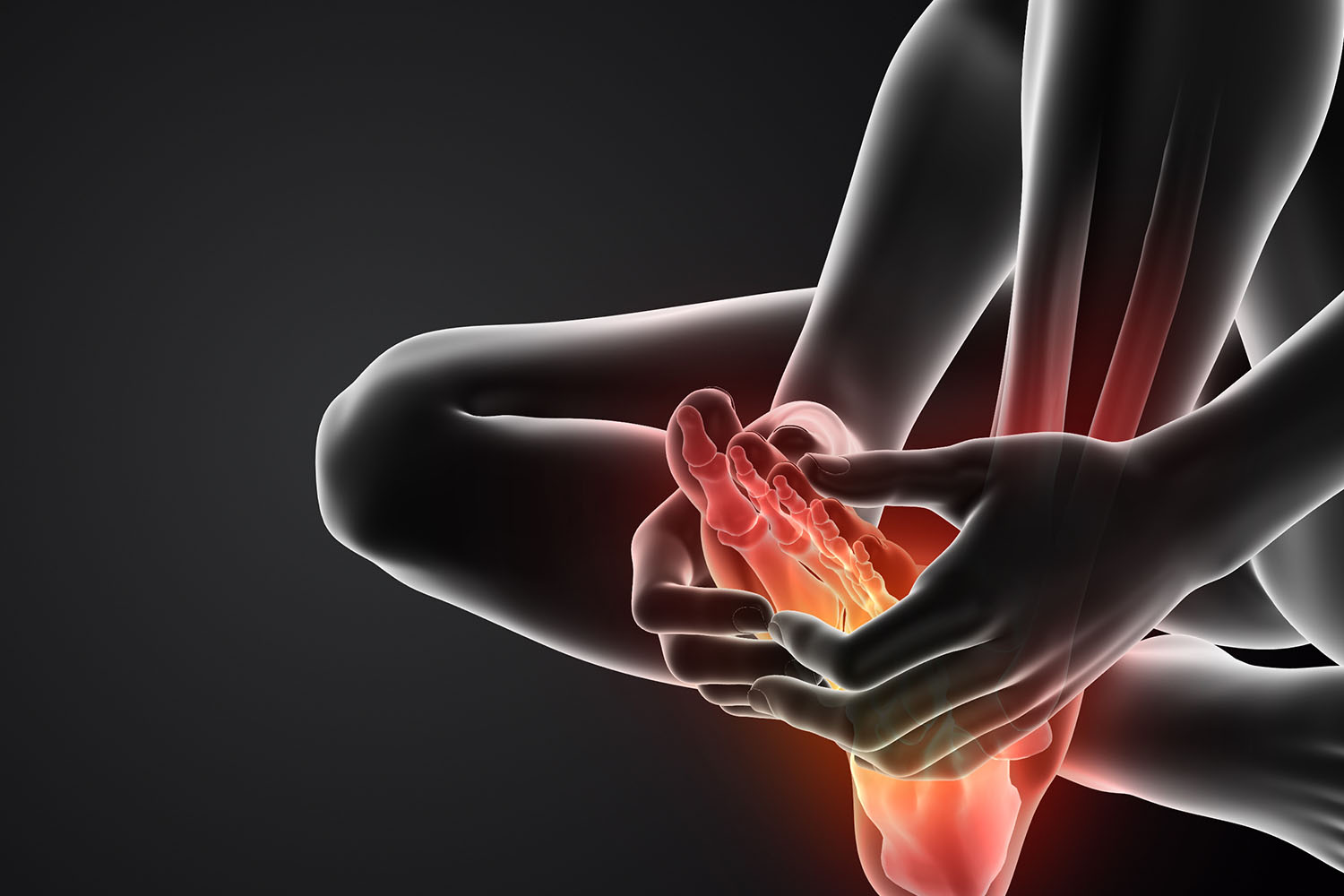Overview
The human body is a marvel of engineering, with various joints playing crucial roles in our mobility and overall function. Among these, the syndesmosis joint, though less commonly discussed, is vital for stability and movement. In this blog, we’ll explore the anatomy, function, and significance of the syndesmosis, backed by international research and factual insights.
What is Syndesmosis?
Syndesmosis refers to a fibrous joint where two bones are connected by a ligament. The most well-known example of a syndesmosis joint is found between the tibia and fibula in the lower leg. This joint is crucial for maintaining the stability of the ankle and allows for slight movements that contribute to our gait and balance.
Anatomy of Syndesmosis
The syndesmosis joint between the tibia and fibula is composed of several key ligaments:
- Anterior Inferior Tibiofibular Ligament (AITFL): Connects the front portions of the tibia and fibula.
- Posterior Inferior Tibiofibular Ligament (PITFL): Connects the rear portions of the tibia and fibula.
- Interosseous Ligament: A thick band of tissue running along the length of the tibia and fibula, providing additional stability.
- Transverse Ligament: Located beneath the PITFL, further stabilizing the joint.
Function of Syndesmosis
The primary role of the syndesmosis joint is to maintain the correct spacing between the tibia and fibula, ensuring proper function and stability of the ankle. This spacing is critical during weight-bearing activities and movements like walking, running, and jumping. The slight movement allowed by the syndesmosis helps absorb and distribute forces, reducing the risk of injury to the ankle.
Syndesmosis Injuries
Syndesmosis injuries, commonly known as high ankle sprains, occur when there is a disruption in the ligaments that hold the tibia and fibula together. These injuries are often more severe than typical ankle sprains and can lead to prolonged recovery times. According to a study published in the Journal of Orthopaedic & Sports Physical Therapy, syndesmosis injuries account for up to 18% of all ankle sprains, highlighting their prevalence and impact on athletes and active individuals.
Diagnosis and Treatment
Diagnosing a syndesmosis injury involves a combination of physical examination, imaging techniques like X-rays or MRI, and specific tests such as the squeeze test or the external rotation stress test. Treatment varies based on the severity of the injury:
- Mild Injuries: Often treated with rest, ice, compression, and elevation (RICE), along with physical therapy to restore strength and flexibility.
- Moderate to Severe Injuries: May require immobilization with a cast or walking boot, and in some cases, surgical intervention to repair the damaged ligaments.
A review published in the American Journal of Sports Medicine emphasized the importance of early and accurate diagnosis, along with tailored rehabilitation programs, to ensure optimal recovery and prevent long-term complications.
International Research on Syndesmosis
Research on syndesmosis is ongoing, with studies exploring various aspects of this joint and its injuries. A notable study from the British Journal of Sports Medicine investigated the effectiveness of different surgical techniques for severe syndesmosis injuries, concluding that minimally invasive procedures often result in better outcomes and faster recovery times.
Furthermore, a collaborative study by researchers from Canada and Australia, published in the Journal of Bone and Joint Surgery, examined the biomechanics of the syndesmosis joint during different activities. The findings highlighted the joint’s adaptability and its critical role in maintaining ankle stability under varying loads and movements.
The syndesmosis joint, though not as commonly discussed as other joints in the body, plays a vital role in our overall mobility and stability. Understanding its anatomy, function, and the implications of injuries can help in better managing and treating syndesmosis-related issues. As research continues to evolve, we can expect further advancements in the diagnosis, treatment, and rehabilitation of syndesmosis injuries, ultimately enhancing outcomes for patients worldwide.
By shedding light on the significance of the syndesmosis joint, we hope to promote awareness and encourage proactive measures to maintain joint health and function. Whether you’re an athlete, a healthcare professional, or simply someone interested in human anatomy, recognizing the importance of the syndesmosis can contribute to better overall health and well-being.



